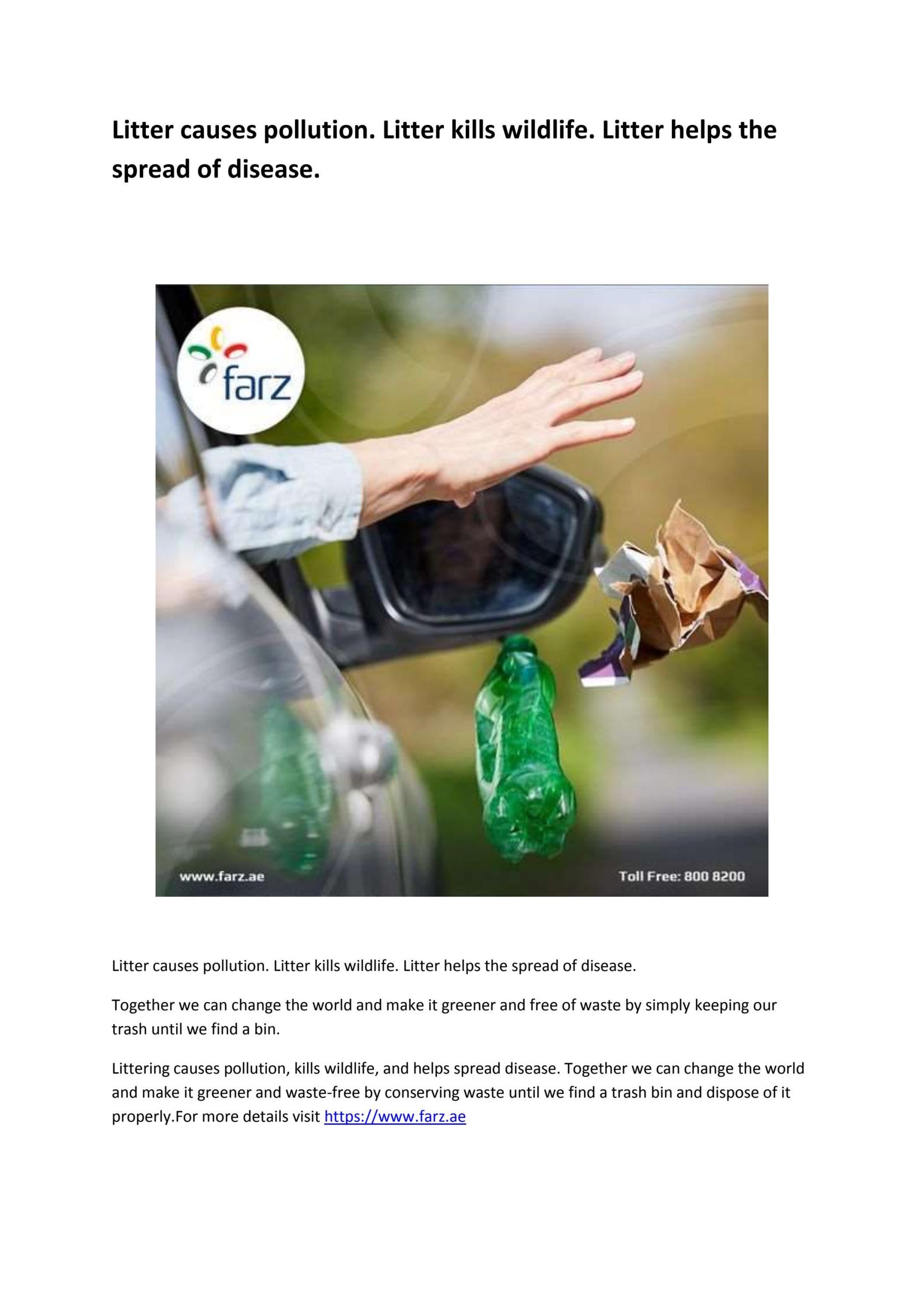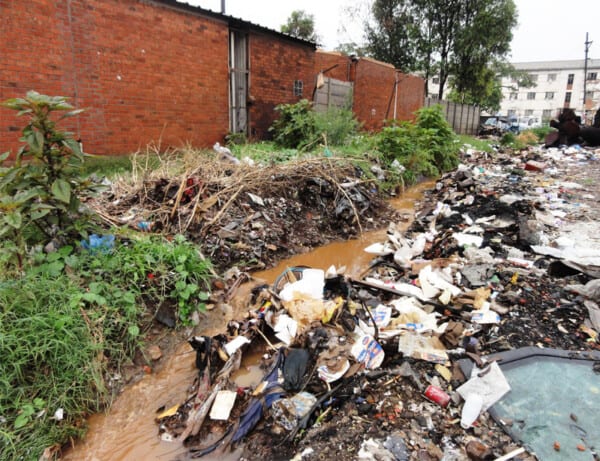

Litter and pollution in outdoor areas are a pervasive issue, spoiling the beauty and enjoyment of these spaces. This article delves into the frustration caused by this blight and explores practical solutions to create cleaner, more enjoyable outdoor environments. We will explore the definition of litter and pollution, identify the problems it presents, and present effective strategies to combat it. The structure of this article will cover a detailed analysis of the problem followed by solutions. We will discuss individual actions, community involvement, and government policies, ultimately aiming for a comprehensive approach to environmental restoration.
The Visual Impact of Litter and Pollution
The aesthetic degradation of natural spaces
Litter and pollution dramatically diminish the aesthetic appeal of natural outdoor areas, transforming picturesque landscapes into eyesores. Visually, these pollutants disrupt the harmony and natural beauty that attract us to these spaces in the first place. A pristine park transformed into a dumping ground exemplifies this dramatic loss of beauty. A once vibrant green space, strewn with discarded packaging, plastic bottles, and discarded food wrappers, loses its tranquility and charm. This aesthetic degradation can significantly impact the well-being of both visitors and residents, reducing the enjoyment and appreciation of the environment.
Litter as a source of visual discomfort
Discarded litter creates immediate visual discomfort for those using and appreciating the outdoors. The presence of garbage, debris, and various types of pollutants can be highly jarring to the senses, negatively affecting one’s experience of the environment. Consider a pristine beach; imagine the jarring contrast if litter and pollution become pervasive. The idyllic image is then transformed into a cluttered, unpleasant space.
A decline in overall environmental quality
Pollution encompasses more than just litter. Air and water pollution contribute to a significant decrease in overall environmental quality. Consider the impact of unchecked industrial pollution on natural water bodies or the spread of harmful chemicals, impacting the health of the surrounding environment and wildlife. This broader perspective underscores the necessity of a comprehensive approach to environmental restoration, one that includes all types of pollution.
The Environmental Consequences of Outdoor Pollution
Impact on wildlife
Pollution and litter have severe consequences for wildlife. Animals often ingest discarded materials or become entangled in discarded plastics, leading to injury and death. Examples include marine creatures that mistake plastic bags for food or birds entangled in fishing line. This devastating impact on wildlife highlights the crucial role of responsible waste disposal. The long-term effects of these interactions can be disastrous to biodiversity.
Damage to natural habitats
Outdoor pollution and litter directly damage natural habitats. Pollution can contaminate soil and water sources, impacting plant life and the entire ecosystem. Consider the disruption to natural processes when pollutants like plastic waste are introduced into natural environments.
The role of litter in the spread of diseases
Litter can harbor diseases and pests. Accumulated organic waste attracts pests and rodents, which in turn can spread disease. A significant buildup of litter in areas with high pedestrian traffic is a potential breeding ground for various diseases.
Community Solutions for Preserving Natural Beauty
Community cleanups and initiatives
Community-led initiatives are vital in addressing the issue of outdoor pollution. Organizing and participating in community cleanups fosters a sense of collective responsibility and brings the community together. Examples include organized cleanups in parks, forests, and along waterways, bringing residents together. This not only removes litter but also fosters a sense of ownership and stewardship of the environment.
Educational programs to promote awareness
Educational programs play a critical role in changing attitudes and behaviors. By educating the community about the long-term effects of litter and pollution, we can encourage a more responsible approach. This can include workshops, seminars, and presentations conducted by environmental organizations or local governments. Encouraging a sense of responsibility and promoting environmentally sustainable practices within the local community are crucial components of this effort.
Public awareness campaigns to reinforce good practices
Effective public awareness campaigns can remind people about the importance of responsible behavior in outdoor spaces. By raising awareness of the detrimental impact of littering and pollution, individuals are motivated to adopt more sustainable practices. This could involve public service announcements on local radio or television, posters in public spaces, or social media campaigns. These campaigns help reinforce good practices and build a culture of environmental consciousness.
Governmental Strategies for Environmental Protection
Enacting stricter regulations and policies
Governments have a crucial role in establishing and enforcing stricter regulations regarding littering and pollution. Clear and well-defined policies can hold individuals and businesses accountable for their actions. Penalties for littering or polluting should be substantial enough to deter irresponsible behavior and serve as a strong deterrent to further contamination. Examples of policies include stricter fines for littering, bans on certain types of pollutants, or the requirement of using specific types of biodegradable packaging to reduce environmental impact.
Investing in waste management infrastructure
Investing in robust waste management infrastructure is critical. This includes providing adequate public waste bins, improving waste collection services, and enhancing recycling facilities. The accessibility of these resources plays a significant role in reducing the amount of litter that accumulates. This involves significant investment but ultimately leads to cleaner, more aesthetically pleasing outdoor areas, encouraging their use by visitors and residents.
Supporting and funding environmental organizations
Supporting and funding environmental organizations involved in outdoor conservation efforts is crucial. These organizations often play a crucial role in educating the public, monitoring pollution levels, and advocating for environmental policies. Financial support allows them to carry out vital tasks that contribute to long-term environmental preservation.
Individual Actions and Responsibilities
Adopt sustainable habits
Individuals play a vital role in preventing outdoor litter and pollution. Small actions such as carrying a reusable bag for groceries or carrying a waste container can make a significant difference. Adopting sustainable habits, such as using reusable water bottles or refusing single-use plastics, fosters responsibility and reduces the production of unnecessary waste. Individual habits significantly affect the overall level of pollution and litter.
Encourage responsible practices in others
Individuals can be catalysts for change by encouraging responsible behavior in others. Offering polite reminders to fellow citizens to dispose of litter correctly can encourage broader adoption of sustainable habits and reduce pollution in the community. Leading by example demonstrates the importance of respect for the environment and encourages others to follow suit. A community actively promoting these practices has a positive effect on their environment.
Support organizations working for clean spaces
Support local organizations dedicated to environmental conservation and preserving outdoor areas. Supporting these efforts, such as donating time or funds, can contribute to a cleaner, healthier, and more beautiful outdoor environment. Support organizations working for a clean and sustainable environment through various means, from volunteering time to making donations.
Case Studies: Effective Litter Management in Action
Successful Community Cleanup Programs
Various successful community cleanup programs demonstrate the effectiveness of collective action. These programs often involve organizing volunteers, providing necessary supplies, and establishing clear guidelines. The impact of these campaigns is often measurable in the reduction of litter and the improvement of overall aesthetics in public spaces. For example, a study in a neighborhood in Portland, Oregon showed a 30% decrease in litter within the first year after implementing a well-organized community cleanup program, along with educational programs.
Successful Government Initiatives
Several examples demonstrate successful government initiatives focused on litter and pollution control. These often involve integrating environmental education, setting up designated waste disposal areas, and implementing penalties for littering. For instance, in San Francisco, the implementation of stricter laws and penalties has demonstrably reduced illegal dumping and improved the city’s overall cleanliness.
Businesses Leading the Way
Many businesses are taking proactive steps to lessen their environmental impact by adopting sustainable practices, such as reducing single-use plastics, promoting recycling, and partnering with environmental organizations. The initiative demonstrates a wider commitment to preserving and protecting natural areas and ecosystems. This positive example inspires other businesses to follow suit, creating a ripple effect that benefits all of society.
Frequently Asked Questions
What are some practical ways to reduce litter in outdoor areas?
“Engaging in conscious waste management is crucial to minimizing outdoor litter. Carry a reusable bag for your shopping and other personal items and make it a habit to dispose of all trash promptly in designated bins. Organize or participate in community cleanups; these collective efforts can make a significant impact. Additionally, support local organizations dedicated to environmental conservation and advocate for better waste management policies. Encourage responsible behavior in others by politely reminding individuals about proper disposal methods. These are all effective ways to decrease pollution and litter in outdoor areas.”
How can communities effectively manage litter and pollution?
“Communities can effectively manage litter and pollution through a combination of proactive and reactive strategies. Proactive measures include comprehensive waste management programs, educating residents about responsible waste disposal practices, and installing sufficient public bins strategically placed in key areas. Regular and large-scale community cleanups, coupled with stringent fines for littering, can deter irresponsible behavior and encourage active participation. Furthermore, partnering with local businesses to adopt sustainable practices and promoting recycling initiatives play an important role in long-term sustainability.”
What role do governments play in reducing litter and pollution?
“Governments play a pivotal role in mitigating outdoor litter and pollution. They can enact stricter policies and laws regarding littering, implement fines for offenders, and establish designated waste disposal areas. Governments also have the responsibility to invest in adequate waste management infrastructure, such as collection systems and recycling facilities, to ensure effective waste disposal. Educating citizens through public awareness campaigns and supporting environmental organizations dedicated to conservation are also crucial steps in fostering responsible environmental practices. “
In conclusion, the frustration of litter and pollution in beautiful outdoor areas is a widespread issue demanding immediate attention. Addressing this problem requires a multi-pronged approach, combining individual responsibility with effective community initiatives. By adopting sustainable practices and advocating for stricter environmental policies, we can preserve the natural beauty of our surroundings for future generations. Take action today—support local cleanups, reduce your waste, and advocate for change. Let’s collectively work towards creating pristine outdoor spaces, free from the blight of pollution and litter.